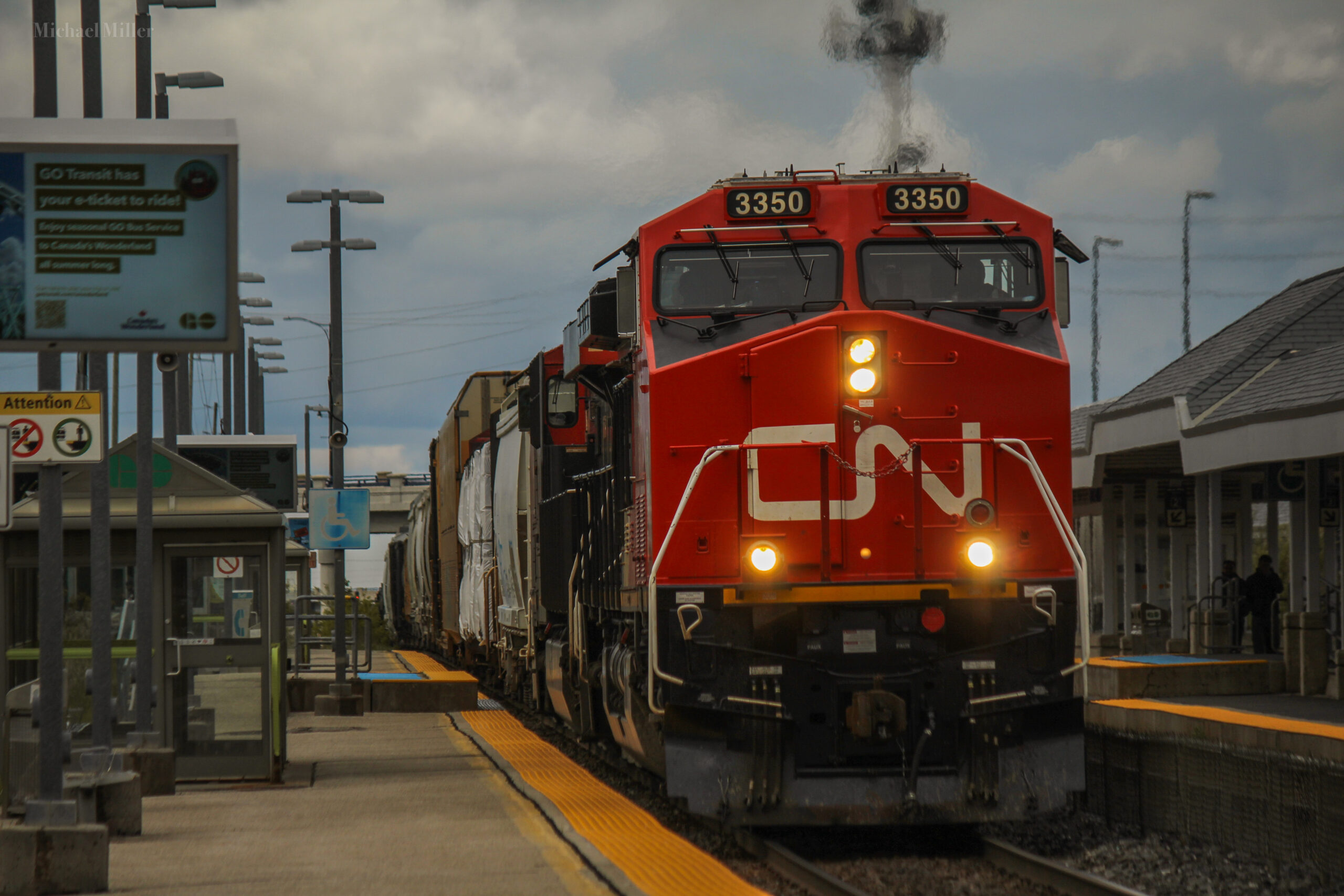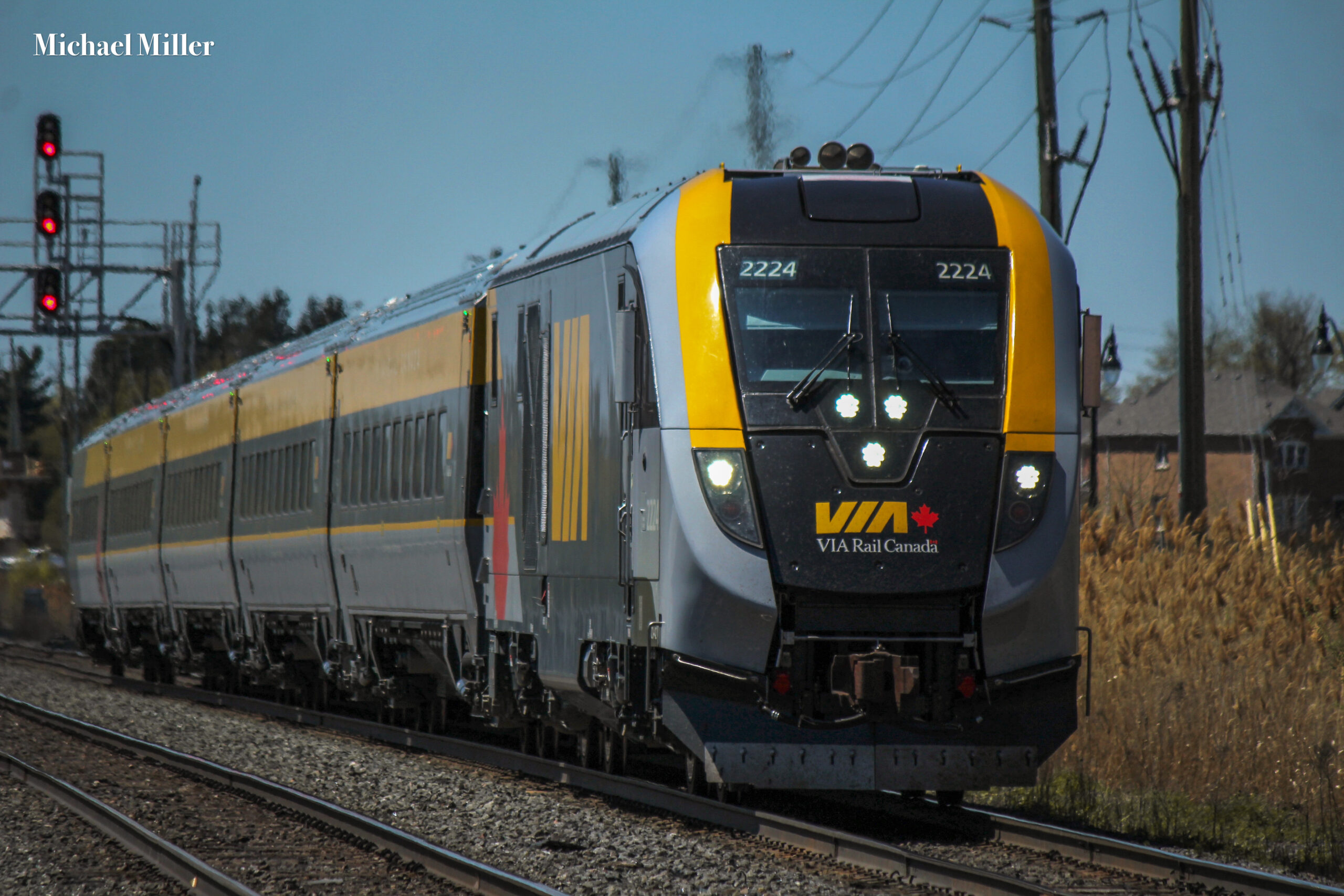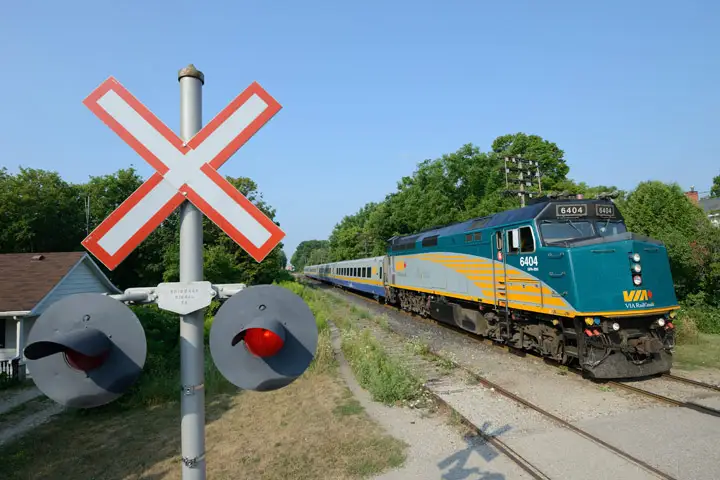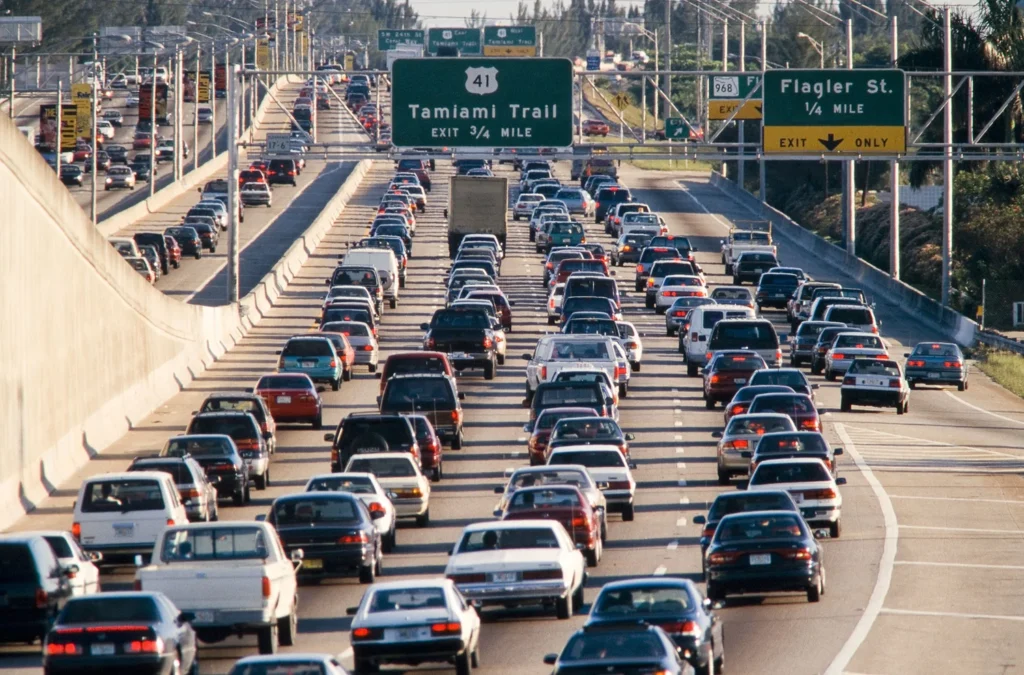VIA Rail Canada’s Current Problems
Why VIA Rail Canada trains are almost always late and Inefficient
VIA Rail train are notorious for being late, of course, there are reasons for that.
Routes run on trackage owned by others

VIA Rail mainly runs on Canadian National Railway’s (CN) tracks, and thus, they are at the mercy of CN. CN does try to give some form of “right-of-way” to reduce the delay to VIA trains, but ultimately it is their railroad and they make the decision to either delay a freight train, or a VIA train. Either decision happens every day.
VIA Rail within the confines of the Greater Toronto Hamilton Area, runs on GO Transit’s trackage. GO Transit tends to favour their own trains over VIA Rail, making it even more difficult to get in and out of the busy city of Toronto and the surrounding area. Since GO Transit is a commuter agency, running a large amount of trains per day across 7 lines, they want minimal delay to their trains, especially on their own owned tracks.
Solutions for VIA have been to buy stretches of track, though as of now, that is merely impossible as a majority of trackage is vital to CN and GO Transit. Another is negotiating time blocks for when their trains are meant to be in certain areas, while this works with GO Transit who also schedules their train departures/arrivals in a certain time frame, for CN, it does not. Their freight trains, while specifically scheduled on departures, do not follow a specific time period. Their trains are spontaneous. While more often than not, their trains are somewhat on time, train delays can range from 30 minutes to 12 hours or more, a stark contrast to VIA Rail, who has had delays between 30 minutes to 1 hour on average.
Some Fleet Problems

VIA Rail recently took on a new fleet: Train sets from Siemens Mobility. At first, the first few sets bought, tested and began running in revenue service, started off relatively ok, though overtime they started posting some problems, especially one example containing CN once again (Railroad Crossings). These Siemens products have a variable reputation, with problems coming from Amtrak, The first major passenger rail to buy locomotives from Siemens. Some examples include Amtrak Midwest.
Railroad Crossing Problems

Railroad Crossings are a safety device stopping cars from crossing the track whenever an oncoming train is arriving.
VIA’s new sets from Siemens apparently do not trigger certain devices properly to activate crossings at speeds, thus, these new sets have to either run at a slower speed to properly activate crossings properly, or have a train with 32 axles (7 cars + Engine) or more to activate them.
The older fleet has no problem, though VIA is phasing out parts of its old fleet on the mainly used Corridor services.
Government Inadequacy

The current federal government of Canada has more or less put VIA Rail Canada (A Federal Crown Corporation) to the wayside. Recently, a major project promised by the Liberal Party of Canada, would bring forward High Speed Rail connecting Toronto, Ottawa and Montreal. The ALTO HSR (High-Speed Rail) initiative will eventually replace and integrate with VIA Rail’s current passenger rail services in the Toronto-Québec City corridor. ALTO is separate from VIA Rail, but it is a subsidiary of VIA Rail Canada Inc.
A High Speed Rail promise has been brought up numerous times, especially in the past 10 years, though with no action on it.
The Current Societal Plane

In the present day, individuals favour Air Travel and Cars over Trains. Trains to the general public are seen as more or less inadequate, whereas cars provide the freedom to get from any point A to point B, and Air Travel has the speed advantage. This is a societal pattern where the design of urban areas and infrastructure primarily favours the use of automobiles, making them a necessity rather than a convenience. This design was bred from the Post War Era and has remained ever since. This mainly affects the Western Hemisphere. In regards to VIA Rail, their best service, the Corridor Series, are competing with Air Travel. Another service, the Canadian, is regarded as a “Luxury Multi-day Trip” train, rather than a train to compete with Air Travel.
